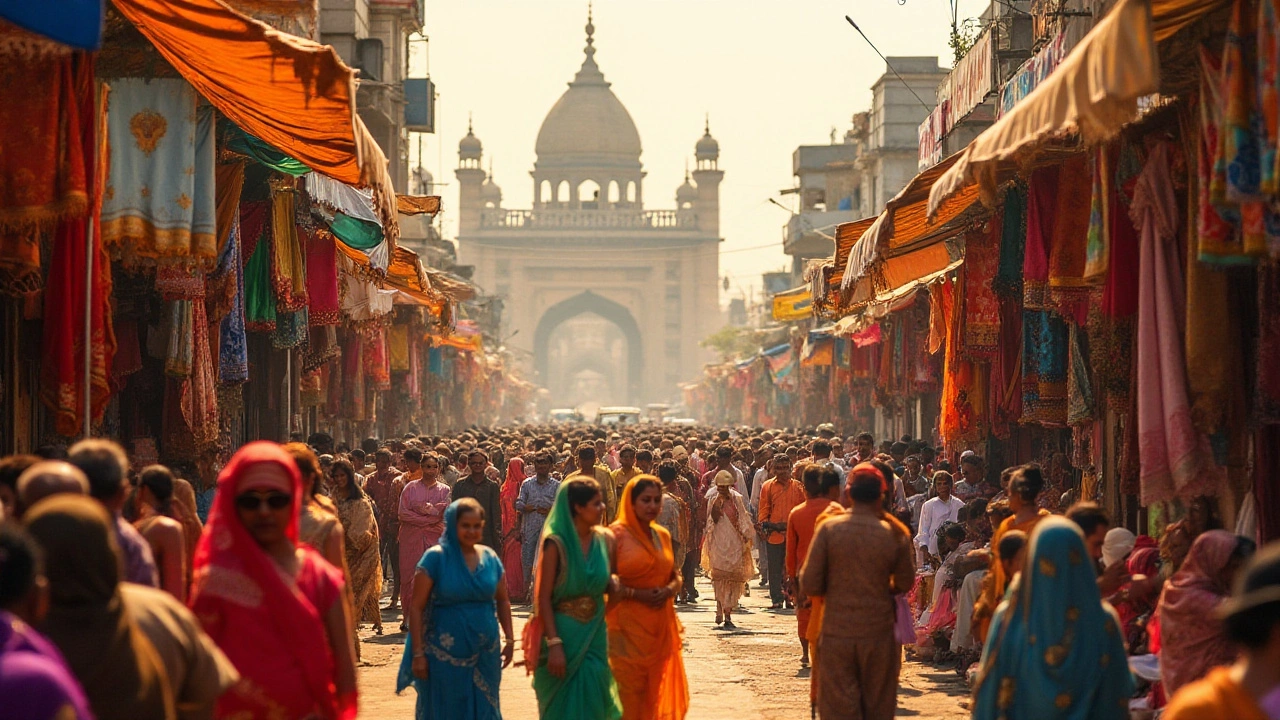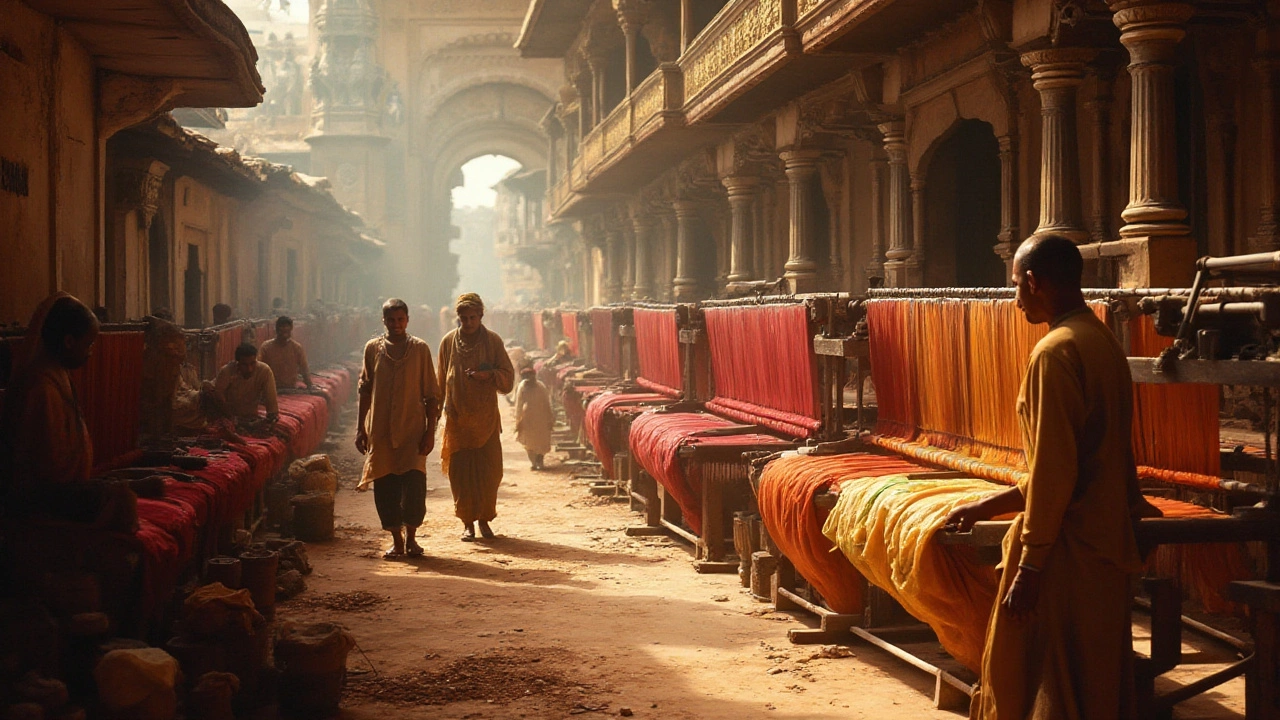Textile Industry Insights: What You Need to Know
India's textile sector is huge, but it can feel like a maze if you’re new to it. From setting up a factory to finding the right fabric supplier, every step matters. This guide pulls together the most useful facts you’ll find on our tag page, so you can make smarter decisions without wading through endless jargon.
How Much Does Starting a Textile Factory Really Cost?
One of the first questions anyone asks is the price tag. A typical midsize textile unit in Gujarat or Tamil Nadu will need anywhere from ₹2 crore to ₹5 crore for land, basic machinery, and initial working capital. The biggest expense is the loom line—modern shuttle‑less looms cost around ₹30 lakh each, while older models can be half that. Add in electricity, labor, and raw material storage, and you’re looking at a monthly burn rate of roughly ₹15 lakh to ₹25 lakh depending on production volume.
Don’t forget hidden fees. Permission from the state pollution board, compliance with the textile ministry’s safety standards, and the cost of installing water‑treatment plants can add another ₹50 lakh to your budget. Planning for these ahead of time saves you from nasty surprises later.
Finding the Best Fabric Suppliers Around the World
When you need fabric, you have two main routes: go local or import. Countries like Bangladesh, Vietnam, and Turkey dominate the wholesale fabric market because they combine low labor costs with high‑speed production. Our tag page lists the top suppliers, and the key takeaway is to check their export certifications. A supplier with ISO 9001 and Oeko‑Tex certification usually guarantees consistent quality and fewer returns.
If you prefer Indian sources, Gujarat’s textile clusters offer a mix of cotton, silk, and synthetic blends at competitive rates. The advantage is shorter lead times—often under two weeks compared to a month for most imports. Building a good relationship with a regional merchant can also earn you bulk discounts of up to 12%.
Regardless of where you source, always ask for a sample swatch and a test run. This small step catches color fastness issues and weave defects before you place a big order.
Beyond costs and suppliers, the textile industry is shifting fast. Sustainable fabrics like organic cotton and recycled polyester are gaining market share, especially in the urban middle class. If you’re launching a new brand, positioning your products as eco‑friendly can boost sales by 15‑20% according to recent market surveys.
Automation is another game changer. Small‑scale units that invest in computerized cutting tables and AI‑driven inventory management see a 10% rise in efficiency within the first year. The technology isn’t as pricey as many think—used equipment can be found for half the price of brand‑new units, and the ROI comes quickly thanks to reduced labor costs.
Finally, keep an eye on export opportunities. India’s free‑trade agreements with the EU and the US lower tariffs on textile goods, making it easier for small manufacturers to reach international buyers. Registering with online B2B platforms and showcasing certifications can open doors to contracts worth millions.
In short, the Indian textile industry offers big potential if you understand the cost structure, choose the right suppliers, and stay ahead of sustainability and automation trends. Use the articles linked under the "textile industry" tag as a practical toolbox—each one gives you a piece of the puzzle you need to build a successful textile business.

Discovering the Largest Textile Hub in India
India is home to some of the largest textile markets in the world, each with its own unique character and significant contribution to the industry. Among these, one stands out due to its scale and influence: Surat. Known as the 'Silk City', Surat is renowned for its vibrant textile trade and manufacturing prowess. Aspiring entrepreneurs and established industry players alike flock to this bustling hub, drawn by its reputation for quality, variety, and innovation in textiles.

The Visionary Behind India's Textile Revolution
India's textile industry is a vibrant tapestry woven from ancient practices mingling with modern innovation. At the helm of its industrial transformation stands one pivotal figure known as the 'Father of the Indian Textile Industry.' This article delves into the life and legacy of this key personality, while also exploring the foundational elements and pivotal moments that shaped India's textile journey into a global force. Learn about the innovations, challenges, and enduring impact of this industry giant.

Exploring the Legacy of India's Oldest Textile Company
India's textile industry boasts a rich history, deeply intertwined with its cultural and economic fabric. This article dives into the origins of the country's oldest textile company, exploring its journey through the ages. Discover how it has adapted and endured, shaping traditions and crafting timeless pieces. We'll also delve into interesting facts and offer insights for those keen on understanding this quintessential segment of India's industrial heritage.


